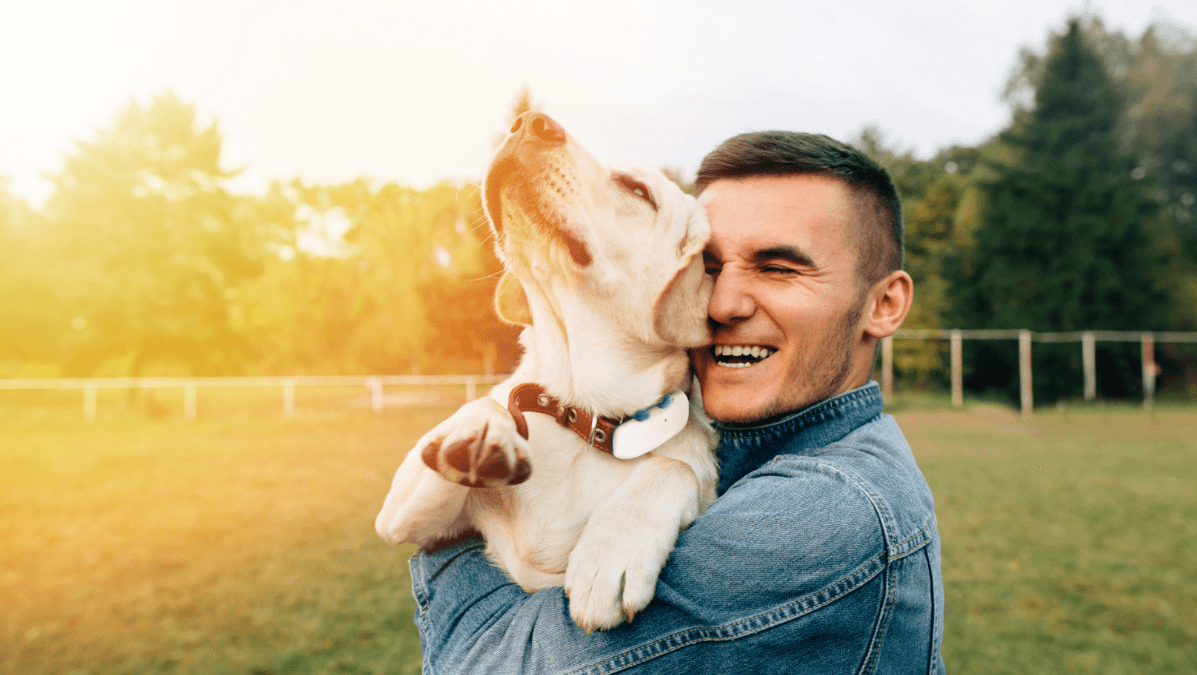 Approved by Dr. Dwight Alleyne, DVM
Approved by Dr. Dwight Alleyne, DVM 5 Reasons Your Dog Won’t Drink Water & What To Do
Dogs get up to some weird behavior from time to time...but when they suddenly won't drink water, it can be pretty scary! So here are 5 reasons why & what you can do to get them hydrated again.
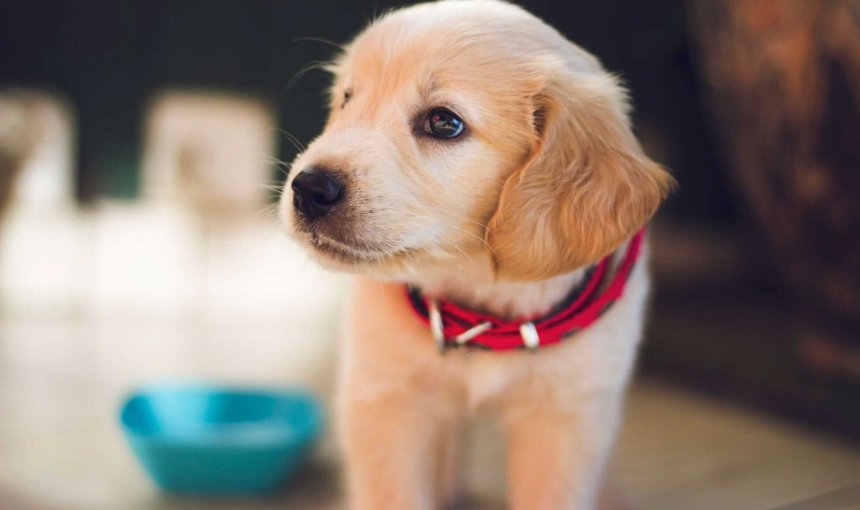
As a loving dog parent, we know you’re doing your best to keep your buddy safe and healthy. So when you come home to find your dog won’t drink water…it’s pretty understandable if you’re worried.
Now the good news is, most dogs will drink enough to stay well-hydrated with no encouragement. (Especially when it’s warm outdoors.) But sometimes…well, our dogs just aren’t thirsty.
(Or it could be something more serious lurking under the surface.)
Because with everything you might’ve read online about medical conditions involving dogs that won’t drink water…we get it.
So to save you a premature panic attack, this post is going to cover the main reasons why your dog won’t drink water and what can you do about it. And how to pick up on the other, subtle, easy-to-miss signs your dog might be sick.
Is water important for your dog?
Dogs, like humans, need to drink water every day. And much like us, they’re at risk from dehydration if they don’t.
In fact, dogs are actually at greater risk than humans because they release heat from their bodies much more slowly.
- Dogs do have some sweat glands in their foot-pads, but not enough to cool their body.
- As a result, they control their body temperature mostly through panting.
This is why water is so important for dogs and why you should provide your buddy with enough water every day.
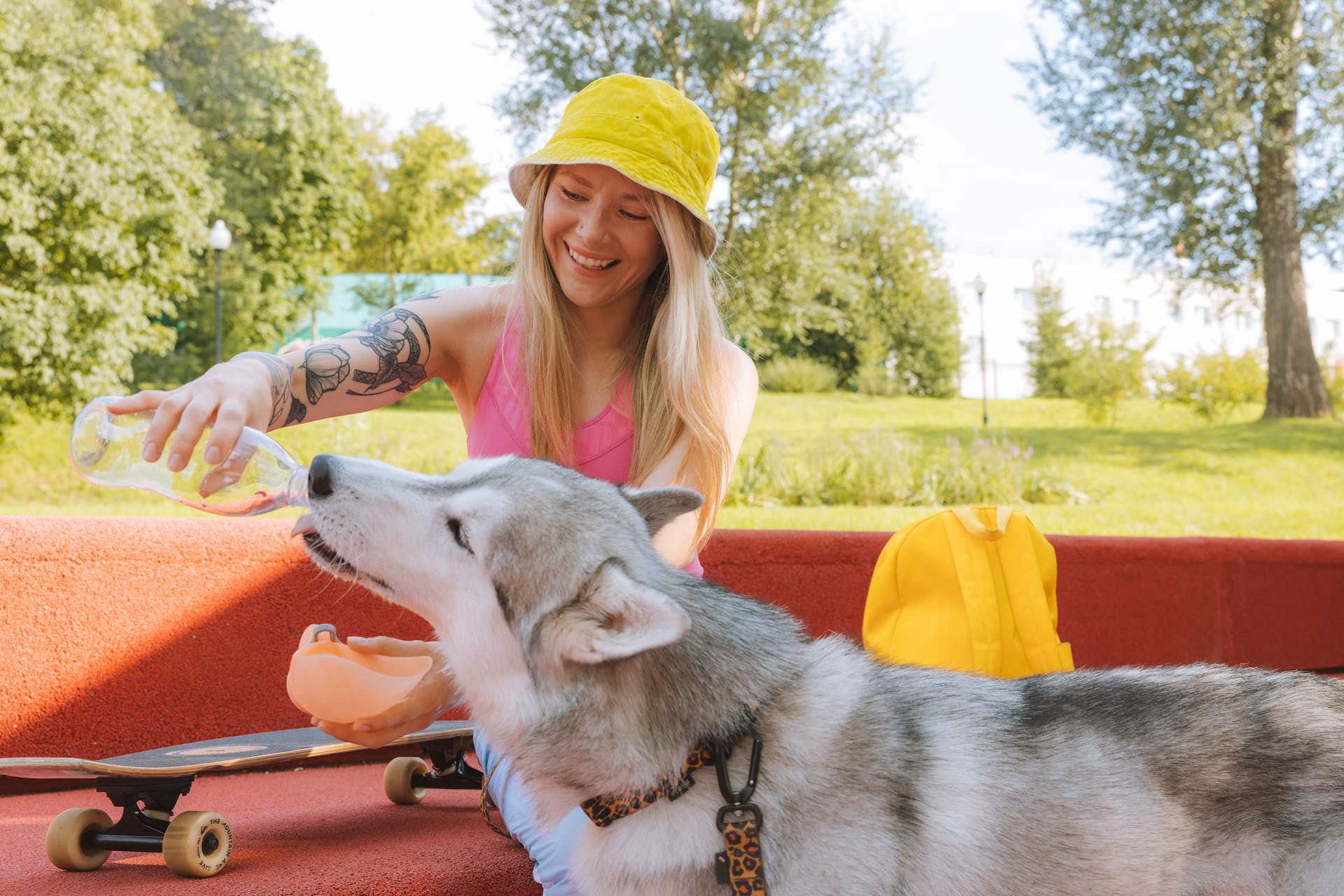
How much water does a dog need?
As a general rule, the amount of water a dog needs to drink in a day is equal to:
100 ml water for every kg of body weight
However, other factors do play a role in how much water a dog needs in a day.
For example, Dr. Jürgen Zentek – head of the Institute for Animal Nutrition at the University of Berlin – found that the amount of water your dog needs to drink depends on factors like:
- Their size
- How active they are
- The overall temperature
- And the type of food you’re giving them
Based on his formulas we created this chart of how much water a dog needs in a day. So you can find out how much water your dog should be drinking on any given day:
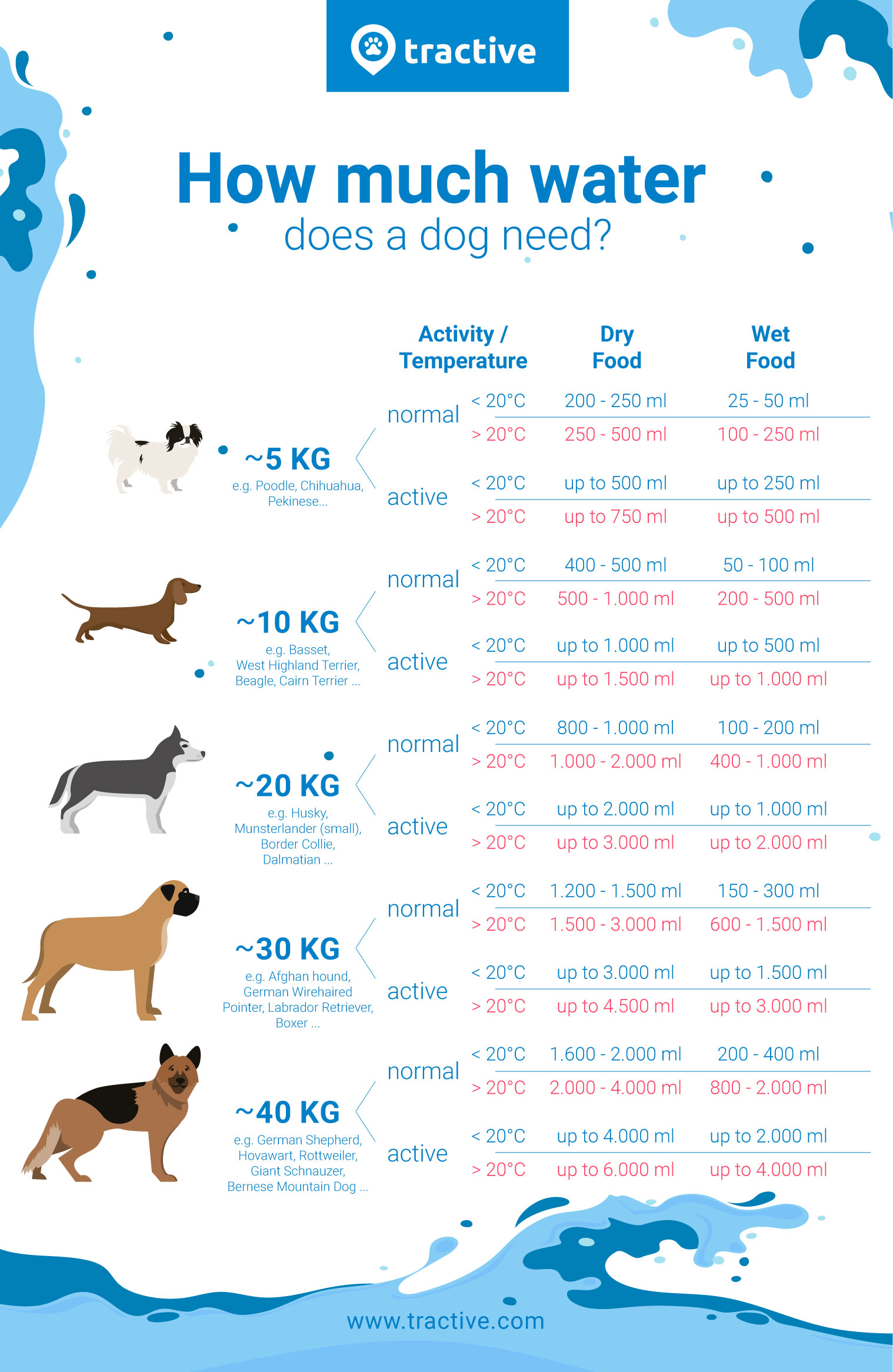
But now with all this said…your dog won’t drink water if they might be experiencing some of the factors we cover below. Let’s take a look at each, one by one.
5 Reasons why your dog won’t drink water
If you’re suddenly finding your dog won’t drink water, here are a couple of reasons why:
1. Your dog is adjusting to a change in routine
Unfamiliar places and smells can be the reason why your dog doesn’t drink. Why? Because much like cats, dogs also tend to be creatures of routine. And a change to their routine can majorly stress them out.
(Which means if you’re moving apartments or taking them out traveling, they might be reluctant to eat or drink anything in an unfamiliar environment.)
And thanks to their acute sense of smell, dogs know how to distinguish between familiar and unfamiliar sources of water. So if they don’t recognize the smell of water while you’re say, out on a road trip, they might refuse to drink it.
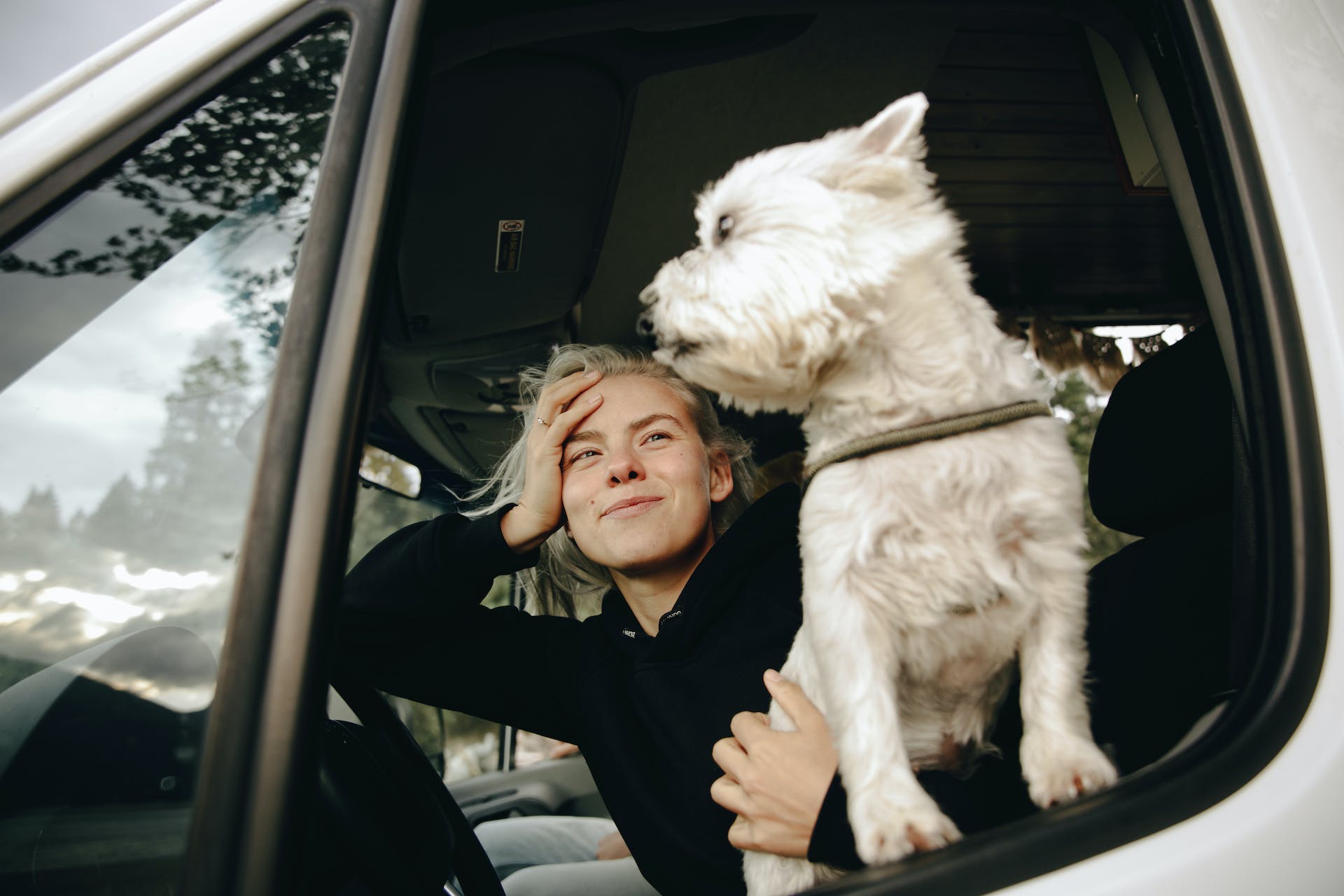
💡Dogs also might not drink water if you’ve introduced a change in their diet – like switching from dry kibble to wet dog food, for example. In which case, they might already be getting the hydration they need.
Dry dog foods, like kibble, tend to not be as hydrating as wet dog food. So it might cause your dog to drink more water instead.2
So if you’re planning a trip somewhere new, try these tips to get your dog to drink again:
- Bring a bottle of water from home
- Check on your dog’s drinking behavior
- Keep an eye on your dog
- Give your dog a little time to adjust to their new surroundings (or diet)
- Add a little seasoning or flavor to your dog’s water (like chicken broth)
- Offer your dog an ice cube instead, which they can gnaw on.3
2. Your dog is slowly graduating to a grand-paw
Blink and you miss it – and suddenly your little puppy is now a senior dog! Dogs tend to live fewer years than us humans overall. So it’s important to keep an eye out for the behavioral changes you’ll come across as your dog graduates towards their grand-paw years.
Read more: How To Convert Dog Years To Human Years To Find Your Dog’s Real Age
A senior dog may also avoid drinking water for different reasons. It could simply be that:
- They’re simply less thirsty – because their appetite has taken a nosedive as a result of aging
- It’s just too much effort getting to water (which might indicate mobility-affecting diseases like arthritis)
- As a whole, senior dogs tend to get less exercise overall. So they simply may not be as thirsty as younger dogs.
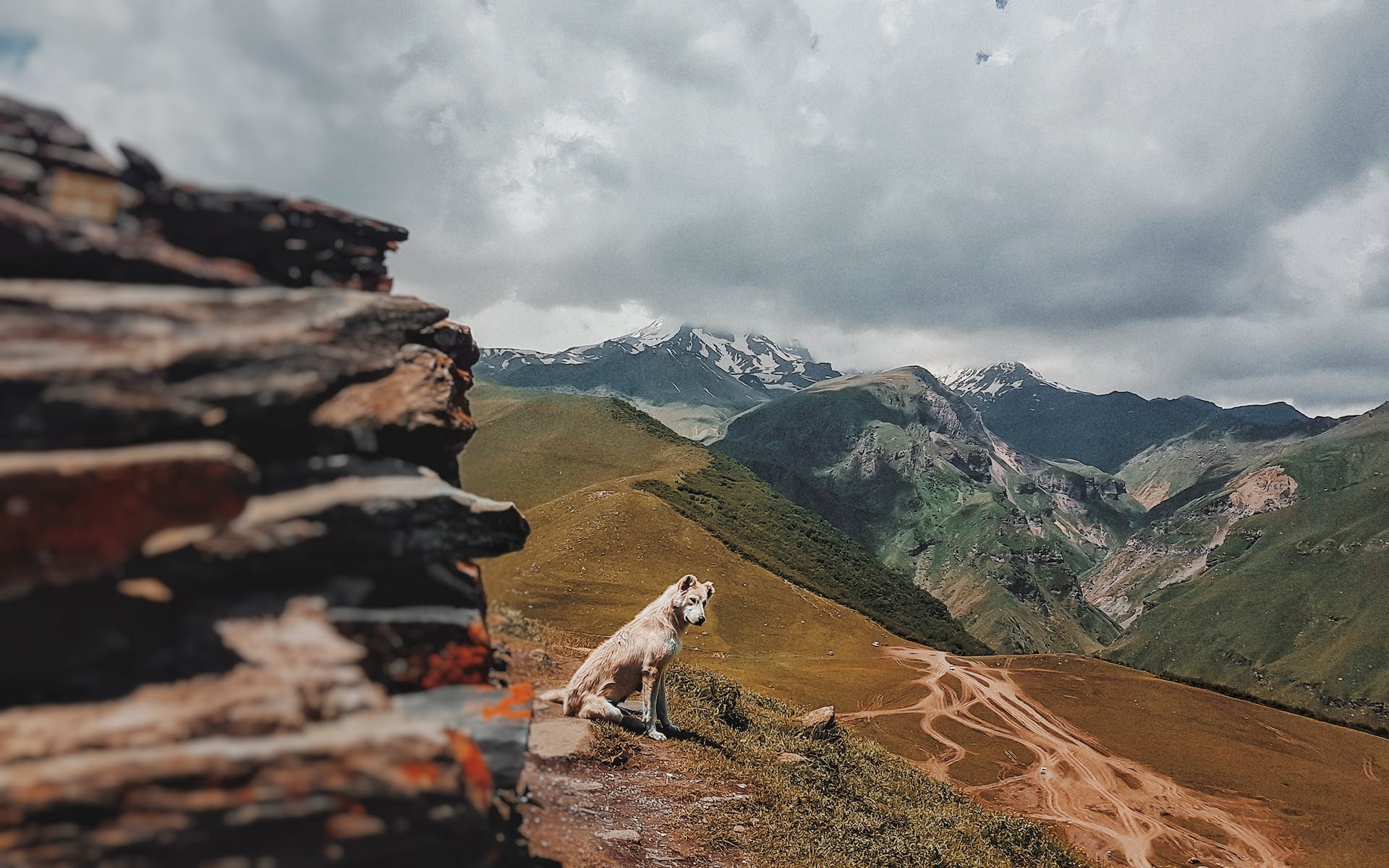
But at the same time, it’s important to keep your senior dog well-hydrated. So if you think water might be the issue:
- Consider switching to a wet food alternative. (After consulting with your vet.)
- Monitor their activity and eating habits.
- Get in touch with your vet if you notice a big drop in their activity.
Read more: Senior Dogs: Helping Your Buddy Age Gracefully
3. Your dog hasn’t been getting enough exercise
If the weather is cooler and your dog is getting less exercise than normal, then your dog just isn’t that thirsty. If this is the reason, there is no need to worry! A slight decrease in water consumption due to reduced activity is no cause for alarm.
⚠️ However, you should consult a vet if your dog persistently refuses to drink. As a general rule, dogs should never go more than a day without water.
Now the good news is: tracking your dog’s daily exercise can help you catch on to a drop in their activity early on. (It’s why vets even recommend it to catch on to a health issue before it worsens.)1
Which is why dog parents around the world – just like you – are investing in Tractive’s life-saving Activity Tracking and Health Alerts – to take a more active role in their buddies’ health and wellbeing.
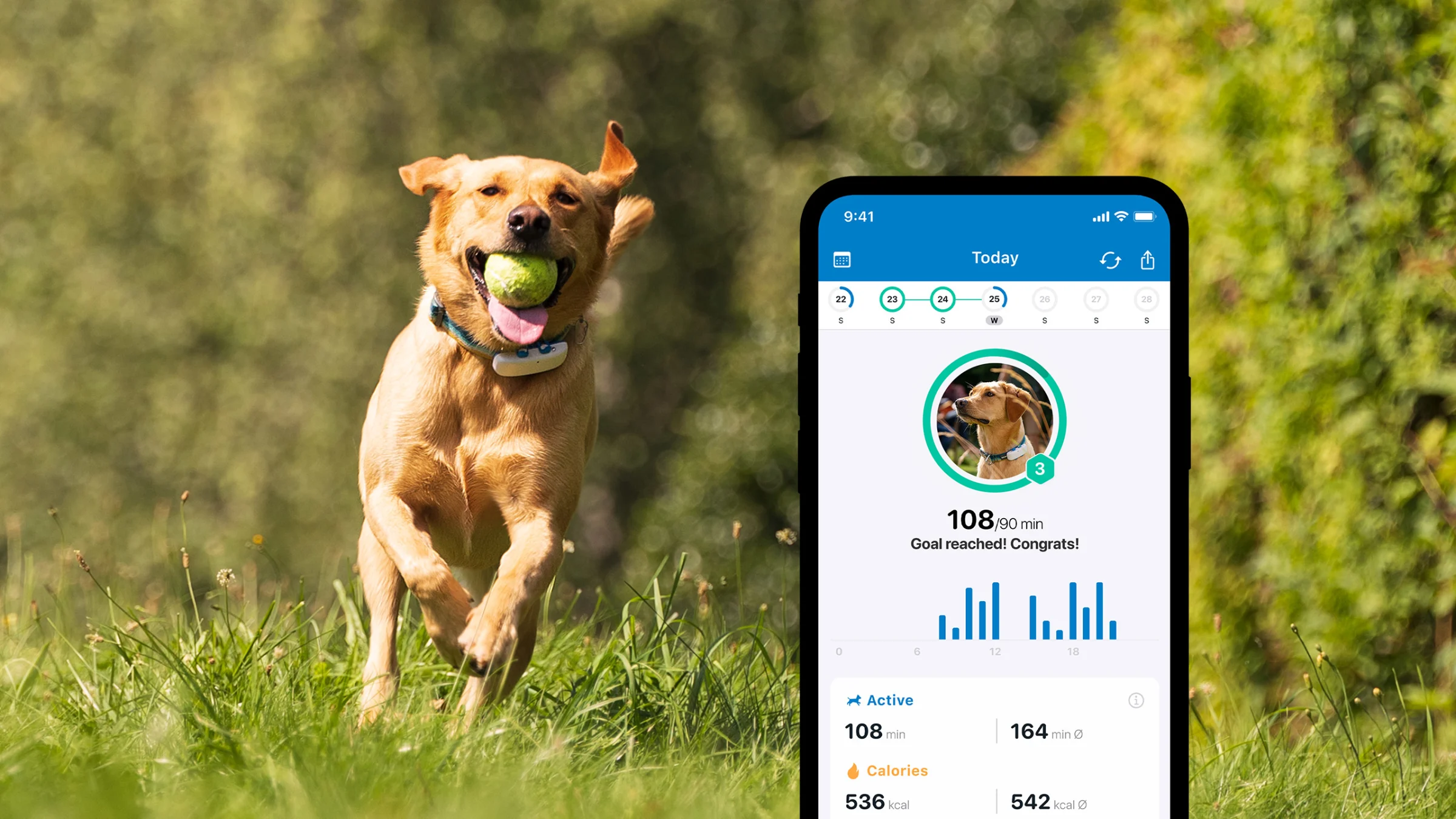
With its built-in motion detector, your Tractive device picks up on your dog’s movements throughout the day.
Now if you notice a drop, you can take action early – and get your dog engaged with a game of indoor fetch or tug of war. (Keeping them healthy and happy over time.)
And even better? You get to compete with your local community and other dogs and dog parents – just like you!
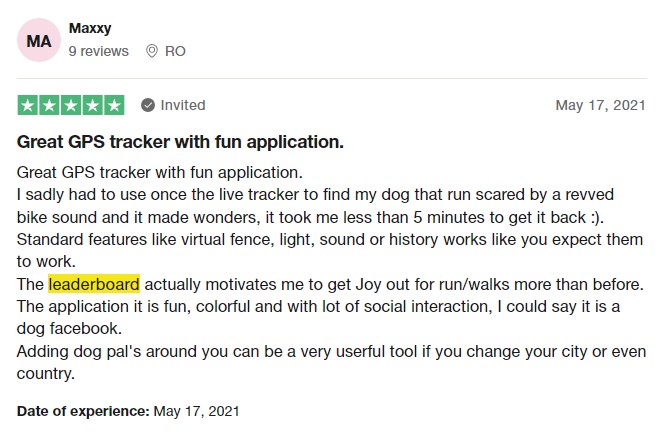

“With our Activity Benchmarking feature, we want pet parents to get a clear picture of their pets’ peers – and to be able to see how they’re doing in comparison.
It can help you stay motivated and more accountable to your dog’s health and wellbeing over time.”
– Sebastian Raab, Product Manager at Tractive & occasional pet-sitter
4. Your dog is spooked by something in their environment
Dogs learn by association. Which means, yes, even the experience of drinking water – or a specific environment – can spook them.
For example, if your dog had a scary experience while drinking from their water bowl – like being jostled aside by another puppy or someone stepping on their tail or paw…well, they might be hesitant to approach it again.
Similarly, if you’ve just adopted a dog or your home environment is a bit chaotic, you might find them spooking at the slightest sound.

So if your dog won’t drink water because they’ve been scared right off it:
- Try to use a new water bowl or put their water bowl in a different place.
- Stay close and give them plenty of pats and praise once they’re done
- Make water readily available around your house. (So your dog can drink with some privacy too.)
- Switch up your water sources when it makes sense. (Like from a water bowl to a running hose for a change.)
⚠️ A scared dog is also one that’s likely to run away from home. It’s why more dogs go missing around the 4th of July than any other time of year!
Read more:
- Fearful Dog: Our Expert Reveals Everything You Need To Know About Fear In Dogs
- Dogs & Fireworks: How To Keep Your Dog Safe On The 4th Of July
- Why Do Dogs Run Away? 6 Reasons Behind It
- How To Find A Lost Dog: Tips To Bring Your Missing Dog Home Fast
5. Your dog might be struggling with a sickness or infection
And finally…yes, there are specific medical conditions that might mean your dog won’t drink water. Some of these include:
- Diabetes
- Kidney disease
- Cushing’s disease
- Dental problems
- Bladder or urinary tract infections
Plus, unfortunately, your dog is more likely to mask their signs of illness and discomfort from you. (It’s just how they’re built, from an evolutionary perspective.)
So here’s what you can do instead.
Watch out for signs of dehydration in dogs
Which include symptoms like:
- Dry gums
- Sunken eyes
- Lethargy (or a major drop in their regular activity)
- A “tenting” of their skin (i.e., when you pinch their skin and it stays in a “pinched”, tent-like position)
⚠️ If you’ve noticed these signs persisting over the long term and your dog won’t drink water anyway – get in touch with your vet. Keep note of your dog’s drinking behaviors to help them better understand the problem.
Read more:
- Dog Dental Care: How To Get Your Dog The Best Smile Ever
- Dog Not Moving Much? What It Means If Your Dog Is Lethargic
Keep track of your dog’s activity
Even if you’ve just been glancing at your dog’s Activity Tracking data every so often – no worries. Your Tractive device has you covered with a system of Health Alerts instead.
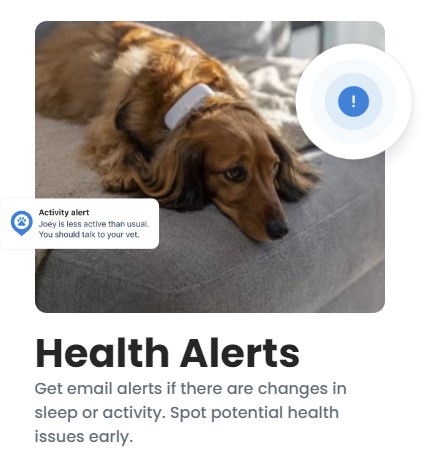

“It can be easy to miss out on changes in your dog’s or cat’s regular activity – or just if they’re on the move more or less than usual.
So we’ve set up Activity Degradation alerts for when your pet’s active minutes drop significantly.
They can help you intervene in a situation where your pet might be struggling with an infection or even just pain.”
– Sebastian Raab, Product Manager at Tractive & occasional pet-sitter
If my dog won’t drink water, can my dog drink milk?
At puppy age, many animals produce the lactase enzyme, responsible for decomposing the lactose. After the breastfeeding period, many dogs lose this particular enzyme and are not able to metabolize lactose anymore.4
(Which means, yes, it’s possible your dog might be lactose intolerant. So it’s important to stop feeding your dog milk as soon as he is no longer a puppy!)
So watch out for these symptoms of lactose intolerance in dogs:
- Stomach aches
- Vomiting
- Diarrhea
- Constipation
- Loss of appetite
- Flatulence
- Behavioral changes, like irritability, lethargy, or even hyperactivity
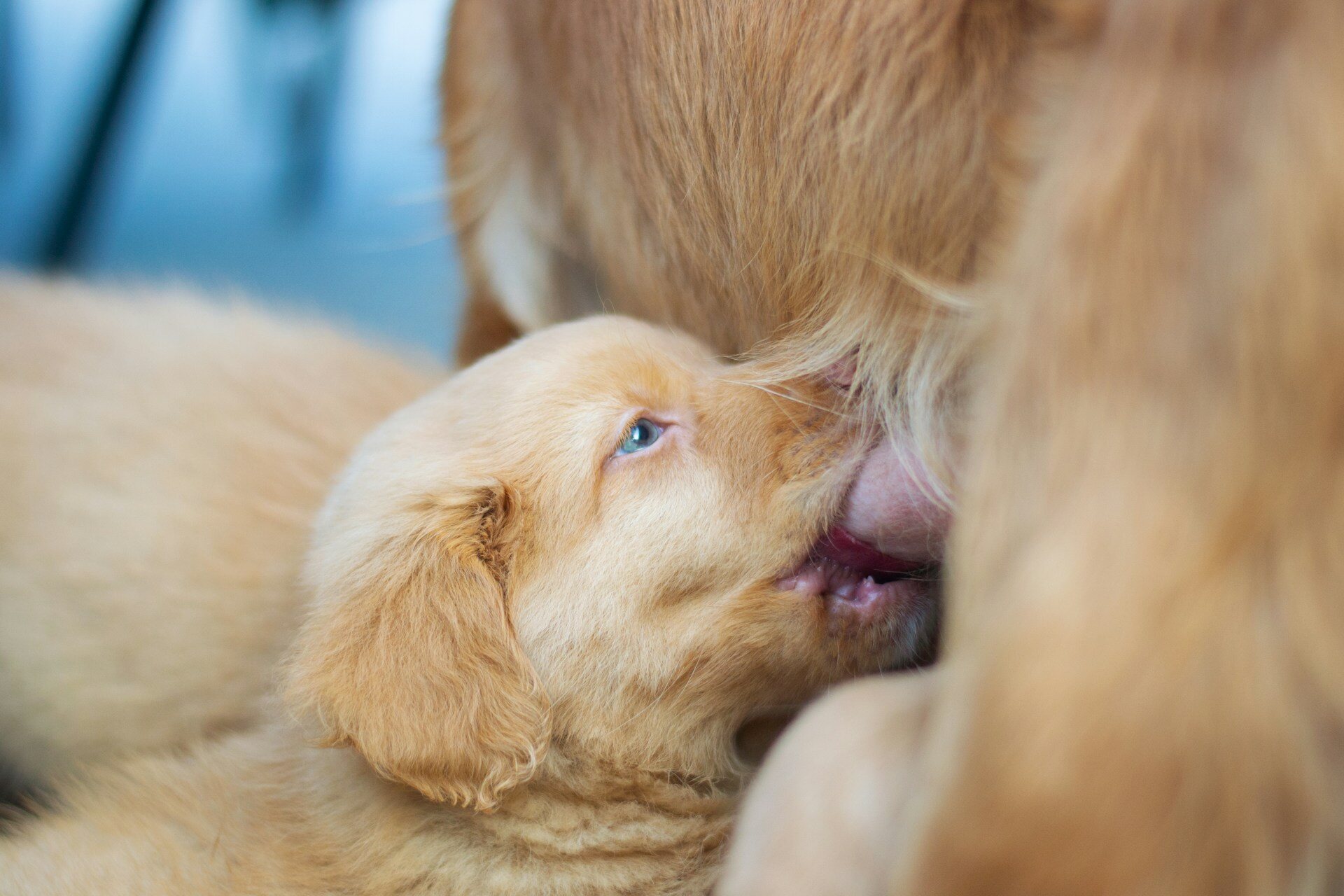
💡At the same time, fermented products, like hard cheese, yogurt or buttermilk, contain a smaller amount of lactose. Because of this, they’re less harmful. During the fermentation process, various supplements such as bacteria are added to the milk, which turns the lactose into a more digestible form.
Some dogs will tolerate milk better. This category includes mostly livestock guardian dogs, since milk (products) were often the only ones available.
In case you do want to feed your dog milk, in addition to water (not as a substitute), make sure to choose a lactose-free milk.
How to get a dog to drink more water
All dogs are different and so are their water intake needs – including factors like their weight, diet and activity level. But in any case, all dogs should drink water regularly. Otherwise, your dog may become dehydrated5 – which can seriously damage their health over time.
If your dog won’t drink water like they used to, there’s a few things you can do:
- Change positions: Simply changing the position of the water bowl may sometimes work.
- Add water: Another solution is mixing wet dog food with water. Even though your dog won’t drink from the bowl, they may happily drink water when it’s mixed with food.
- Clean water bowl: It is also worth making sure that the water bowl is clean. It’s a simple thing to do, but it might work.

- Exchange the water bowl: Try to avoid water bowls made out of metal because your dog might get spooked by the noise. Use a glass water bowl if possible.
- Provide more bowls: Offer your dog the possibility to drink out of multiple bowls of water, placed in different areas.
- Contact your vet: If your dog still won’t drink water, or if he/she is suffering from an illness, you should contact a veterinarian as soon as possible. In case of illness, proper hydration is important to the recovery process.
And finally…
- Track your dog’s activity – and catch on to a health emergency before their condition worsens.
Most medical problems that dogs end up experiencing might not always start suddenly and out of the blue. Rather, they begin slowly and gradually – with symptoms like lethargy or hyperactivity instead.
So with your trusty Tractive device tracking your dog’s movements, you can take a more active role in your dog’s health and wellbeing. (And avoid an expensive and thoroughly avoidable vet bill down the line.)
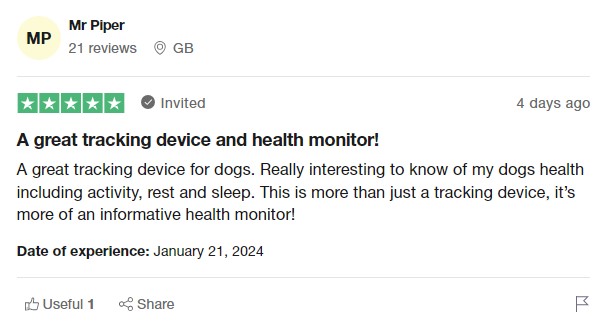
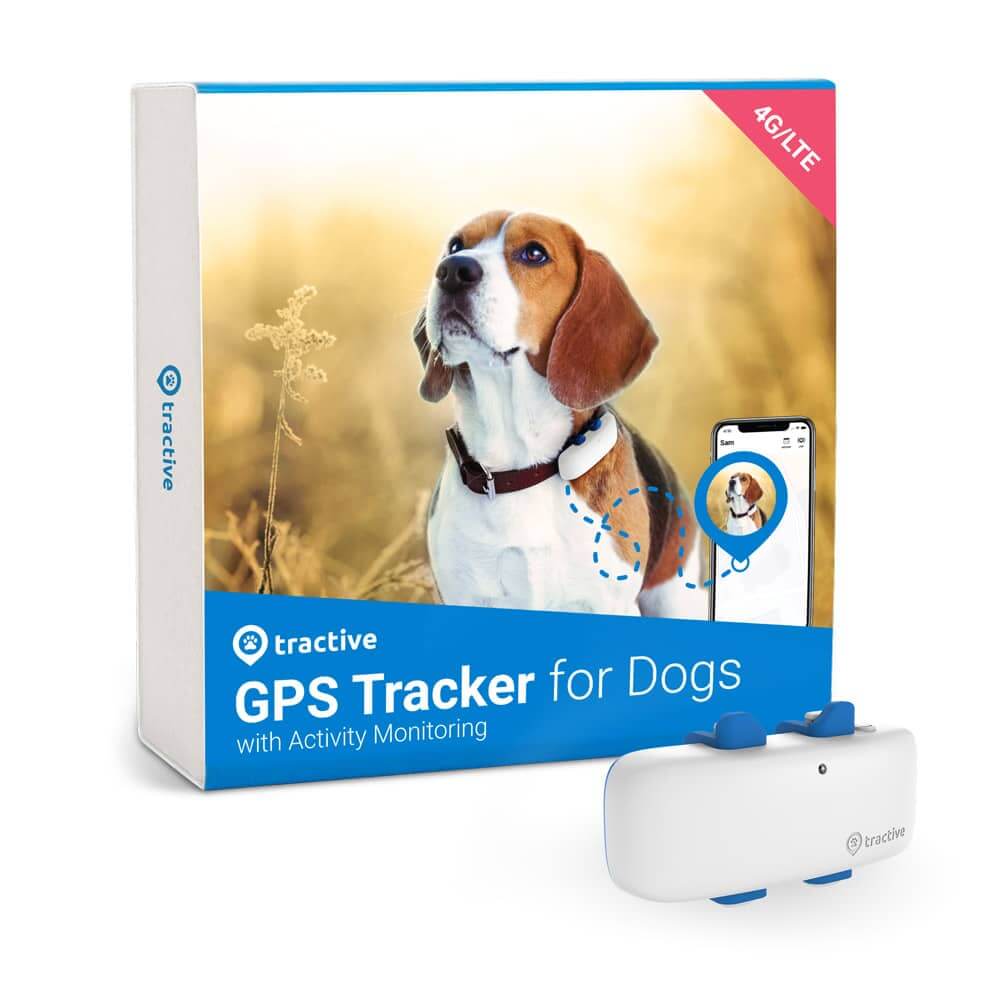
Stay on top of your dog’s wellness
See how they’re doing at a glance with Wellness Score. Set goals. Compare with dogs like yours. Monitor sleep. Detect issues and keep them healthy.
Want more ideas on how to make a dog drink water? Check out the video below:
And if you’ve liked this post, share it with a friend or a loved one – and let’s help build a safer, kinder world for our furry friends together.
Your furry friend’s health and wellbeing means as much as to us as it does to you. So we’ve made it a priority to only share medically-relevant content on our blog.
This post was checked, double-checked, and medically verified by Georgia-based vet, Dr. Dwight Alleyne.
Dr. Dwight Alleyne, DVM
Dwight Alleyne was born and raised in Long Island, New York where his love of animals began. His career for animals began working for a well-known no-kill animal shelter on Long Island.
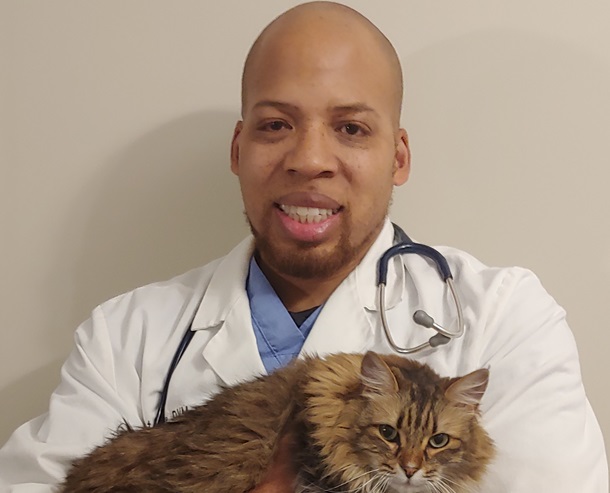
He worked his way up the career ladder working as a kennel technician, veterinary assistant, and then becoming a licensed veterinary technician at the shelter.
His passion for veterinary medicine led to him applying to and being accepted at Cornell University Veterinary where he graduated from in 2006. After completing a small animal rotating internship at Purdue University, he eventually made his way to Georgia where he has been practicing ever since.
Dr. Alleyne has practiced at several small animal clinics throughout Georgia. He has a keen interest in soft tissue surgery and has extensive experience in performing ultrasounds including echocardiograms.
When he is not practicing medicine, Dr. Alleyne enjoys writing and editing pet health articles and providing pet advice through telehealth.
Dr. Alleyne also has his own blog called “The Animal Doctor Blog.” Check it out on: www.anmldrblog.com.


